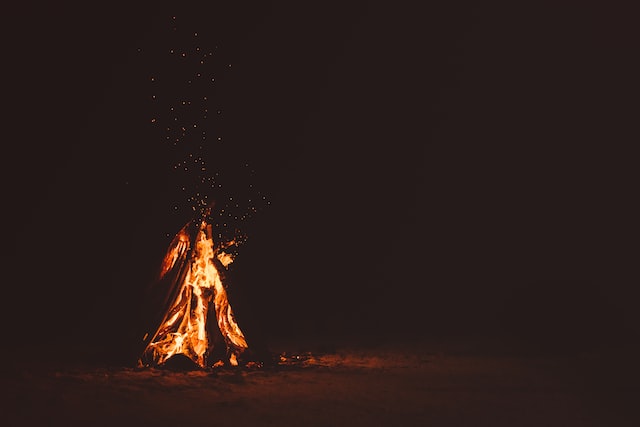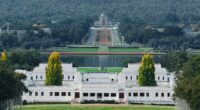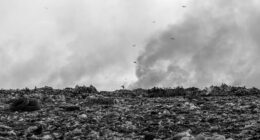Campfires and bonfires are two different things. Campfires are smaller and used for cooking or warmth, while bonfires are larger and used for celebrations. Both have their own benefits and drawbacks.
Campfires
(Image by LUM3N from Pixabay )
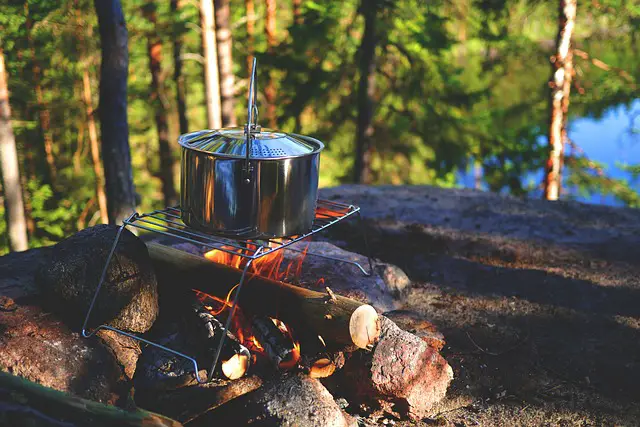
When most people think of a campfire, they think of a small, contained fire used for cooking or warmth. A campfire is usually made by digging a small pit in the ground and lining it with rocks. Then, wood is placed on top of the rocks and set on fire. Once the campfire is going, it can be controlled by adding or removing wood as needed.
Bonfires
(Photo by Alex McCarthy on Unsplash )
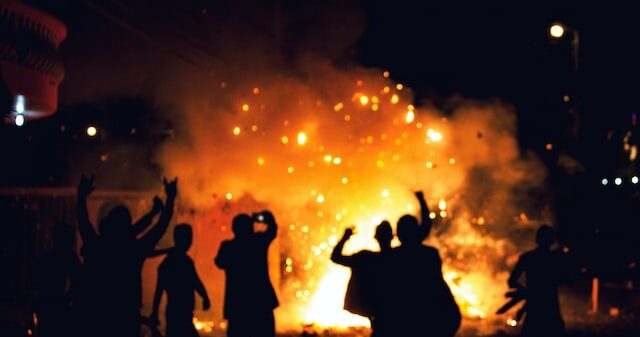
A bonfire, on the other hand, is typically a much larger fire that is not contained. Bonfires are often used for celebrations or ceremonies and are often built right on top of the ground. Unlike a campfire, a bonfire does not need to be constantly monitored and tended to; once it’s lit, it will usually burn on its own until it’s extinguished.
Campfires Vs. Bonfires – Key differences
A campfire is a small, controlled fire used for cooking or warmth, while a bonfire is a large, uncontrolled fire typically set for celebrations or as a signal. Both campfires and bonfires are built using wood, but the main difference is in the size of the fire. Campfires are usually built in a pit or on top of rocks, using smaller pieces of wood, while bonfires are built on the ground using larger logs.
Another difference between campfires and bonfires is that campfires are usually kept under control by limiting the amount of oxygen that gets to the fire, while bonfires are often left to burn unchecked. This means that campfires typically produce less smoke than bonfires. Additionally, campfires are usually put out by pouring water over them or covering them with dirt, while bonfires typically burn themselves out.
How to build a campfire
There are a few things you need to take into account when building a campfire. The first is the type of wood you’re using. Hardwoods like oak and hickory will last longer and produce more heat than softer woods like pine. Second is the size of the fire. A small fire is perfect for cooking or keeping warm, while a larger fire is better for generating light. Third, you need to make sure there’s plenty of airflow around the fire to keep it burning brightly.
Now that you know the basics, let’s get started. First, gather up some tinder – small pieces of dry wood or leaves that will catch fire easily. Next, find some kindling – thin sticks that will help the fire grow. Once you have your tinder and kindling, it’s time to build your fire. There are a few different ways to do this, but the most common is called the teepee method.
To build a teepee campfire, start by placing your tinder in the center of your fire pit. Then, arrange your kindling around it in a cone shape, with the largest pieces at the bottom and the smallest ones at the top. Once everything is in place, light your tinder and watch as your campfire grows!
How to build a bonfire
Building a bonfire is a bit more involved than simply lighting a campfire. Here are the steps you need to take to build a proper bonfire:
- Choose a location. You’ll need a flat, open area that’s at least 10 feet away from any trees, buildings, or other flammable structures. Once you’ve found the perfect spot, clear away any leaves, twigs, or debris.
- Create a base. Start by piling up small logs and kindling in the center of your chosen location. If you have any newspapers lying around, crumple them up and place them under the wood.
- Build the fire. Once your base is established, begin adding larger logs on top, arranged in a teepee formation. Leave some space between each log so that air can circulate and help the fire breathe.
- Light it up! Use a long match or lighter to ignite the newspaper or kindling at the bottom of your pile. Once the fire is going, sit back and enjoy the warmth!
Tips for safety when building a fire
- Start by clearing away any debris, leaves, or sticks from the area where you plan to build your fire. This will help prevent the fire from spreading.
- Dig a pit for your fire, if possible. This will contain the flames and make it easier to control.
- Use dry wood that has been split into small pieces. Wet wood will smoke more and be harder to light.
- Build your fire in layers, starting with small pieces of kindling and working up to larger logs. This will help the fire catch and burn evenly.
- Never leave your fire unattended. Make sure it is completely out before you go to bed or leave the area.
Is campfire smoke harmful?
There is no definitive answer, as the effects of campfire smoke vary depending on a number of factors. However, it is generally agreed that inhaling large amounts of smoke from a campfire can be harmful. The smoke can contain particulate matter and other pollutants that can irritate the lungs and cause respiratory problems. In addition, people with asthma or other respiratory conditions may be more susceptible to the effects of campfire smoke.
That being said, inhaling occasional small amounts of campfire smoke is unlikely to cause any serious health problems. So if you enjoy sitting around a cozy fire on a cool evening, there’s no need to worry too much about the smoke. Just be sure to stay upwind of the fire, and you should be fine.
Why do I feel sick after bonfire?
When you inhale smoke from a fire, no matter what type of fuel is burning, you’re exposing yourself to harmful toxins. These include carbon monoxide, particulate matter, and other chemicals that can irritate your eyes, nose, throat, and lungs. Some people are more sensitive to these irritants than others and may experience symptoms like coughing, wheezing, and shortness of breath. Inhaling too much smoke can even lead to serious health problems like bronchitis or pneumonia.
How long do campfires and bonfires last?
So how long do these two types of fires last? Campfires usually only last for a few hours, while bonfires can burn for several days. Of course, the length of time that a fire burns depends on many factors, such as the size of the fire, the amount of fuel available, and the weather conditions.
Should I pour water on my fire pit?
If you have a fire that is out of control, or if you are trying to extinguish a fire, you may be wondering if pouring water on the fire will help. The answer is that it depends on the type of fire.
A campfire is typically made up of smaller pieces of wood and burns at a lower temperature than a bonfire. As a result, pouring water on a campfire will usually put it out.
A bonfire, on the other hand, is often made with larger pieces of wood and burns at a higher temperature. Pouring water on a bonfire may not extinguish the flames completely and can actually cause the fire to spread.
Why do you put sand in the bottom of a fire pit?
When building a fire in a fire pit, it is often recommended to put sand in the bottom of the pit. The sand serves as a layer between the bottom of the fire pit and the wood that is being burned. This layer of protection can help to prevent the wood from burning too quickly or too hot, which can damage the fire pit. Additionally, sand can help to absorb some of the heat from the fire, making it less intense and more manageable.
Featured Image By – Photo by Joshua Newton on Unsplash
